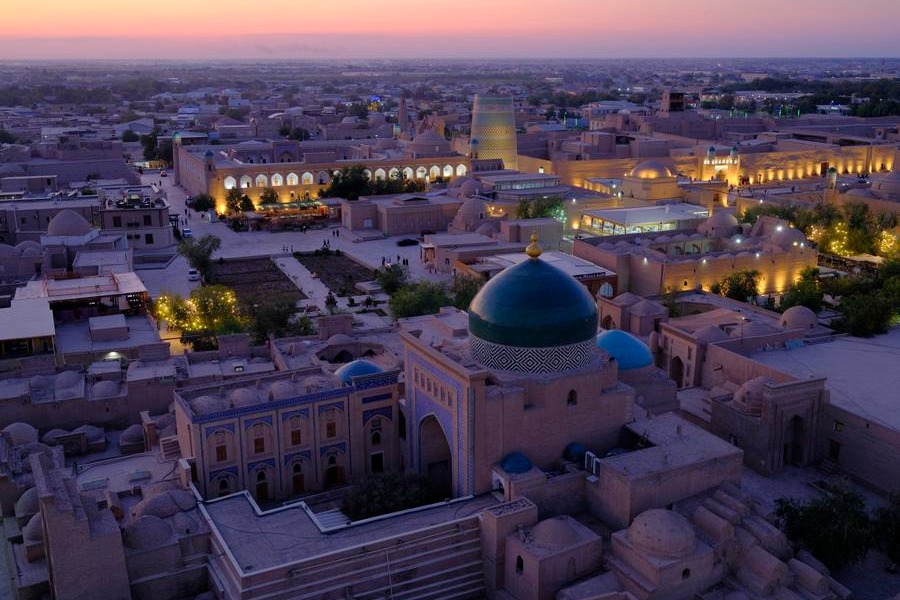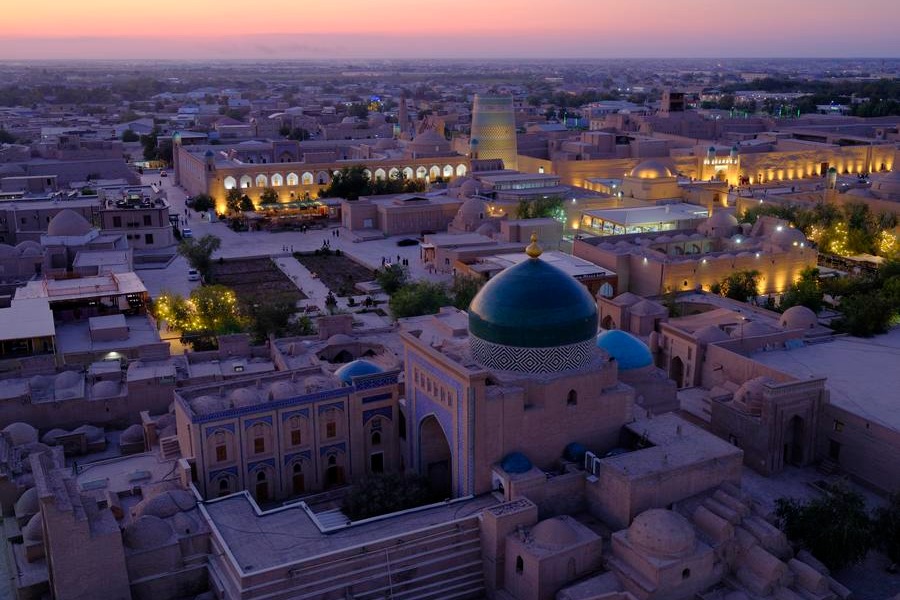'China-Central Asia Spirit' drives pursuit of harmony, unity, happiness and prosperity: China Daily editorial

The rich outcomes of both the second China-Central Asia Summit and the series of bilateral meetings between the leaders of China and the five Central Asian countries serve to not only strengthen the momentum of the six countries' economic and trade cooperation, but also keep the whole region on the right track of development in an increasingly volatile world.
That the Central Asian countries have been able to maintain their stability and generally sustain their stable development momentum these years despite the complicated external development environment has not been easy. Further sustainable socioeconomic development requires the reliable support of immediate neighbors to further unleash the potential of the Central Asian countries.
As the world's second-largest economy that is dedicated to promoting shared development, free trade and win-win cooperation on an equal footing with mutual respect, China is a crucial strategic partner for the five countries. Their shared resolve to work together for the common good of the region has undoubtedly laid a solid foundation for Central Asia's continued development and stability.
The collaboration between the two sides has been markedly energized since their first summit in Xi'an, Shaanxi province, in 2023, which saw the founding of the China-Central Asia mechanism. The mechanism, which consists of 13 ministerial-level cooperation platforms, with a Xi'an-based secretariat, has played a key role in boosting bilateral trade and cooperation over the past two years during which bilateral trade has surged 35 percent.
The series of outcome documents and agreements on exchanges and cooperation inked in the Astana Summit, including a treaty of permanent good-neighborliness, friendship and cooperation, show the two sides' joint commitment to working with each other to contribute more to regional and world stability, development and security.
President Xi Jinping said in his keynote speech at the summit that the two sides' cooperation and exchanges have cultivated the "China-Central Asia Spirit", featuring mutual respect, mutual trust, mutual benefit and mutual assistance, propelling common modernization by means of high-quality development.
Under the guidance of the "China-Central Asia Spirit", as Xi advocated, the two sides' high-quality cooperation should focus more on unimpeded trade, industrial investment, interconnection, green minerals, agricultural modernization, people-to-people exchanges and improving people's livelihoods.
To that end, China is willing to share its development experience and its latest technological achievements with the Central Asian countries, promote digital infrastructure connectivity, strengthen cooperation in artificial intelligence, and cultivate new quality productive forces. This will help the Central Asian countries foster endogenous impetus for development.
That China decided to establish three major cooperation centers for poverty reduction, education exchange, and desertification control, as well as a platform for unimpeded trade cooperation under the China-Central Asia framework shows the country's sincere desire to help its Central Asian partners tackle some systemic challenges that have long hindered their development.
The partnership between China and the Central Asian countries is open, inclusive and free of geopolitical calculations. It therefore contributes greatly to the common interests of the whole region and beyond.
Central to this partnership is their shared vision of sustainable development and mutual prosperity, where the Belt and Road Initiative serves as a catalyst for increased connectivity, investment, and cooperation across key sectors. By aligning their development strategies with the BRI, the Central Asian countries stand poised to realize their potential, while collectively combating common threats to regional stability, such as terrorism and transnational crime.
Under the guidance of the heads-of-state diplomacy, the Astana Summit has drawn up a new blueprint for the future cooperation between the two sides, opening up a broader space for the joint construction of the Belt and Road, and charted a course for deepening their cooperation and relations for the foreseeable future.
In an era marked by uncertainty and discord, the partnership between China and Central Asia stands as a beacon of hope and a testament to the enduring power of diplomacy, cooperation, and friendship across borders.
As Xi said, Chinese culture advocates mutual care and mutual benefit; similarly a Central Asian proverb compares harmony and unity to happiness and wealth. China is ready to work with all relevant parties to carry forward the "China-Central Asia Spirit" and accelerate the building of the China-Central Asia community with a shared future.

































